Green Oaks, a 700-acre stretch of forest, grassland, and aquatic habitat, sits about 20 miles from the Knox College campus. Knox College has owned it since 1957, and before that, the property was owned by its namesake, Alum and Trustee of Knox Alvah Green.
In the 1920s, Green invited the Knox community to use his lands for biology classes and clubs such as archery and horseback riding. In the 1950s, former Knox professor Paul Shepard became interested in prairie restoration and convinced Green to allow him to begin experimental prairie restorative practices on his land. Green agreed, and when he passed away in 1957, the property came to Knox College.
Now, Knox is taking a step further in the evolution of the Green Oaks site. The construction of a new residential building, which has been 20 years in the works, began this past summer 2024, according to Watson Bartlett Professor of Biology and Conservation and Director of Green Oaks Biological Field Station Stuart Allison.
Previous dorm spaces were located in the old barn, which is converted into sleeping quarters for students participating in the biennial Immersive Green Oaks Term. While these dorms have an important place in many students’ hearts, they are not compliant with the Americans with Disabilities Act (ADA), have only two bathrooms to share between 15 people, and are a fire hazard. The old dorms are also poorly insulated which prevents them from being used during the colder months.
The new residential building will include heating and cooling, be ADA compliant, and be up to current fire code and electrical standards. The build will be completed in time for this year’s Green Oaks Immersion Term in spring 2025.
This project was funded almost in full by a Knox alum who chose to remain anonymous. They had fond memories of Green Oaks from their time at Knox and wanted to see it be available to more students.
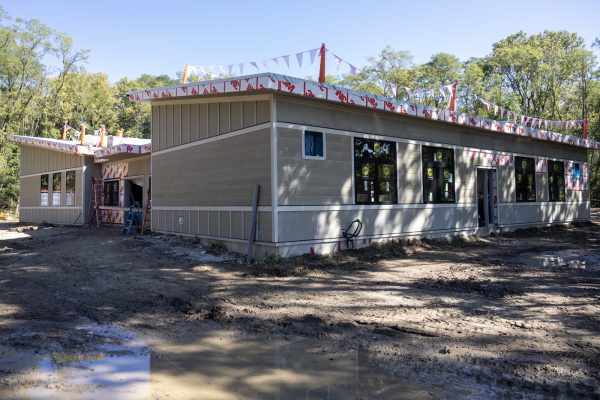
The new building was constructed over an area that was previously covered by invasive Black Locust trees. These trees, which are native to the southern United States, are unhealthy for habitats here.
“It’s really invasive and it’s encroaching on the prairie in some places. Removing the Black Locust was something we needed to do anyway so I didn’t really feel like we were damaging the habitat,” Allison said.
Renovations of the old dorm space have recently begun as well. Plans for this building include an open workspace on the first floor, and storage and classroom spaces on the higher levels.
With these changes to Green Oaks, the possibilities for student use will greatly increase. Facilities will be usable year-round, and while the new dorms will be occupied by the students participating in the Spring 2025 Immersive Term, subsequent terms provide increased accessibility for students or professors looking to use the space.
Extracurricular groups such as the Knox College Choir and Cross Country Team have both participated in group retreats to Green Oaks in the past, and, with these changes, Allison hopes more groups will take advantage of the facility.
“I like to see people using Green Oaks and visiting Green Oaks,” Allison said. “So I hope all students are aware that it’s out there and especially once the building is completed, there will be lots of opportunities.”

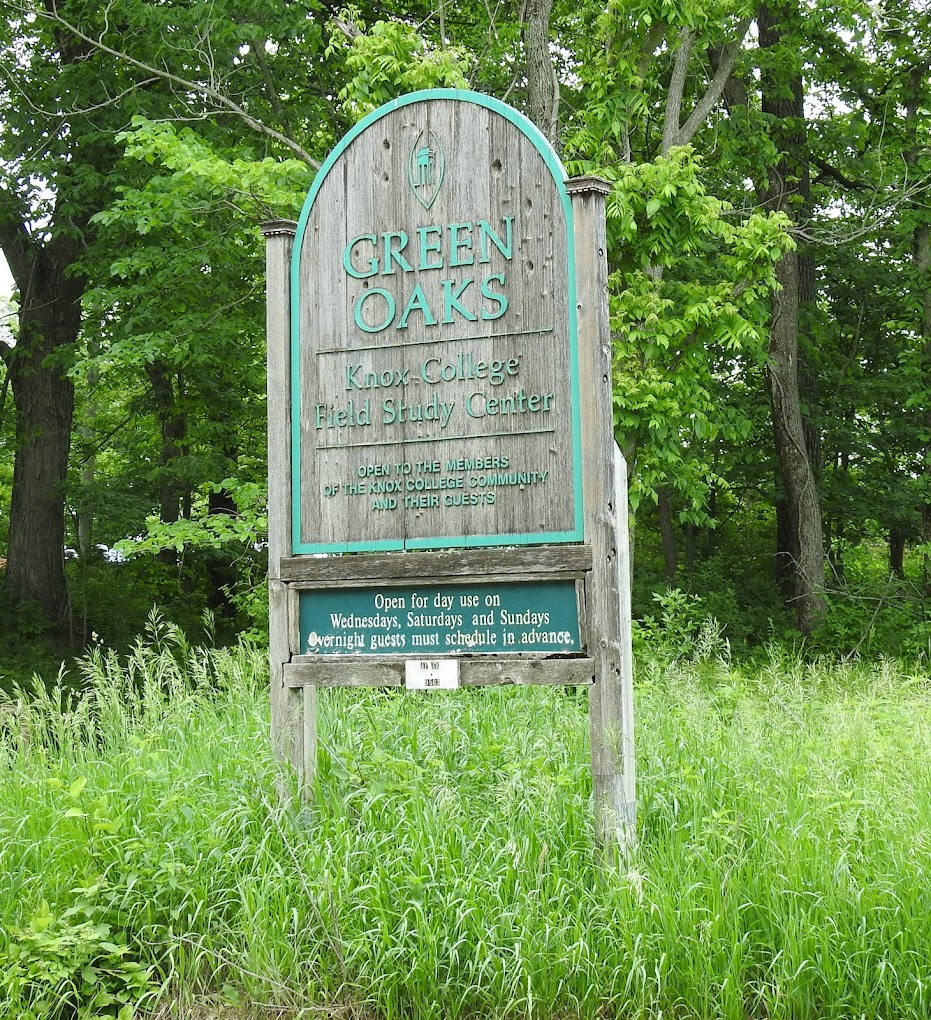


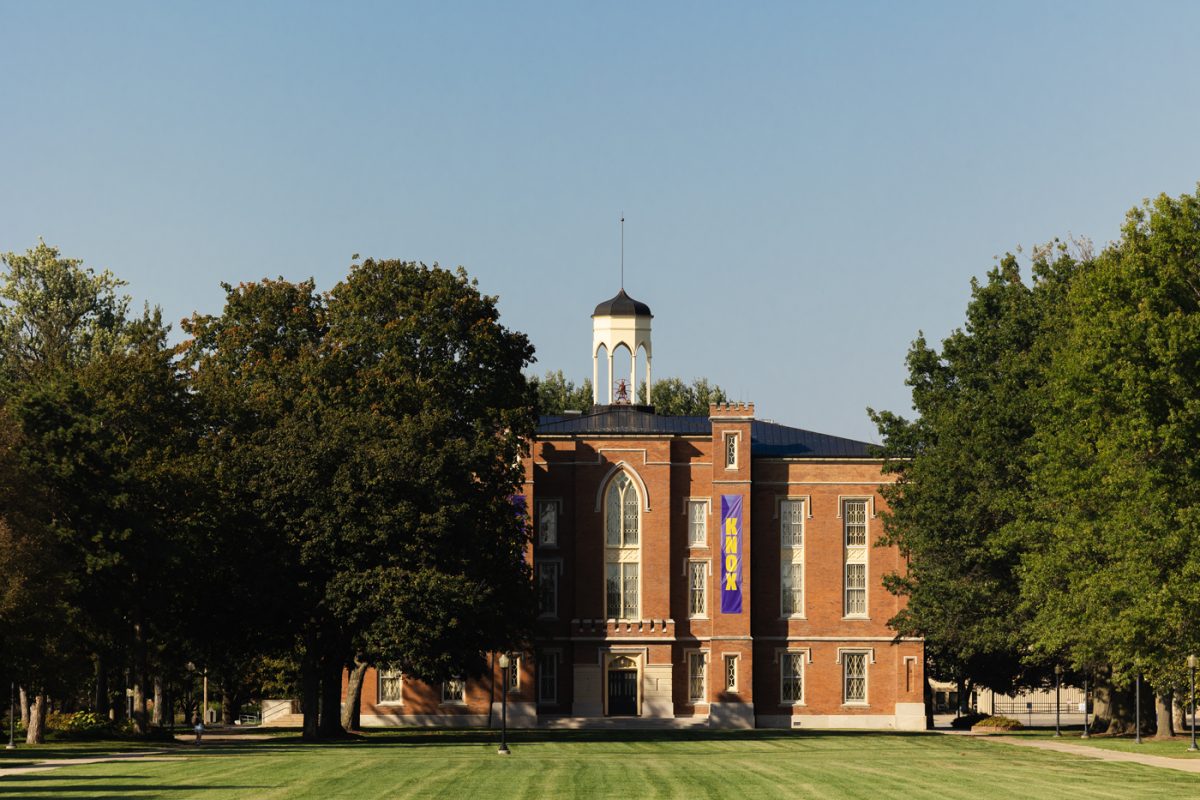
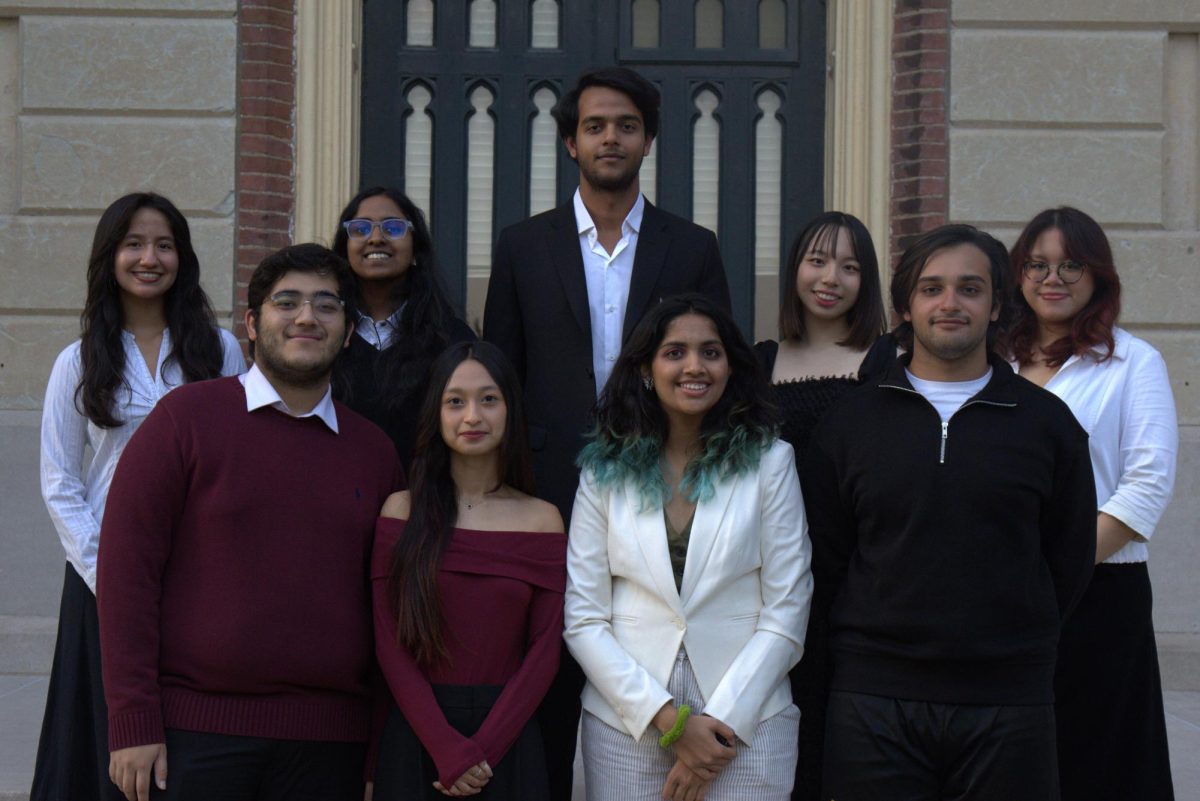

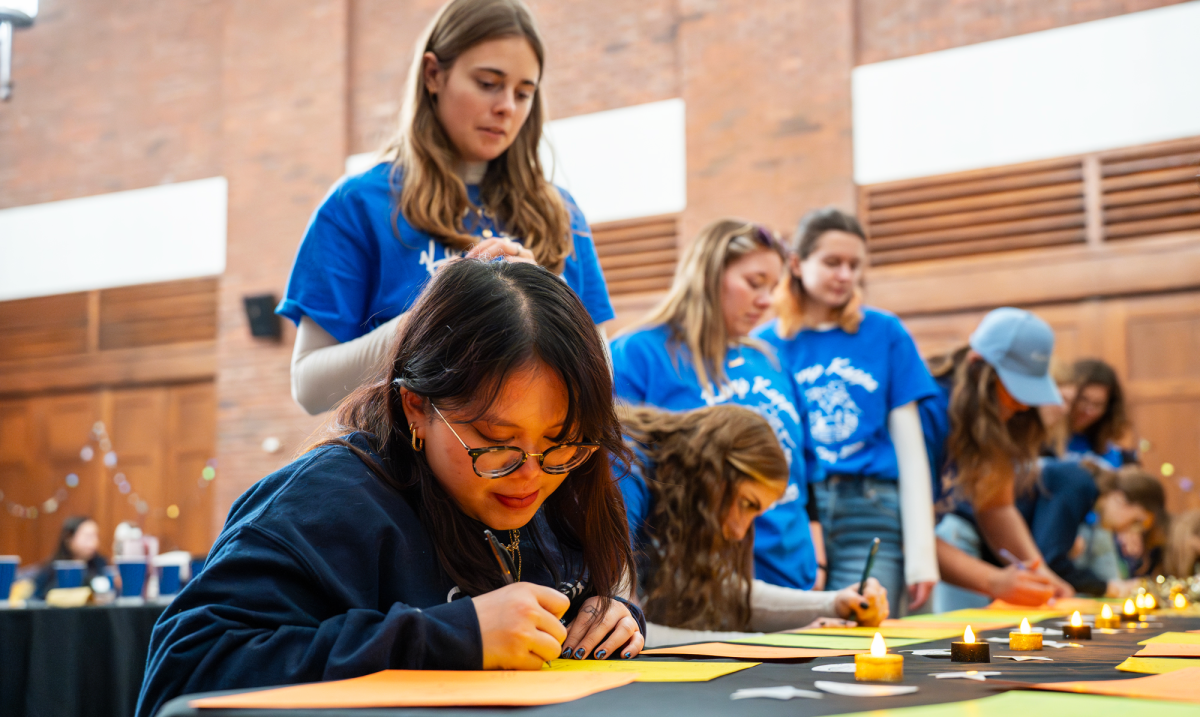
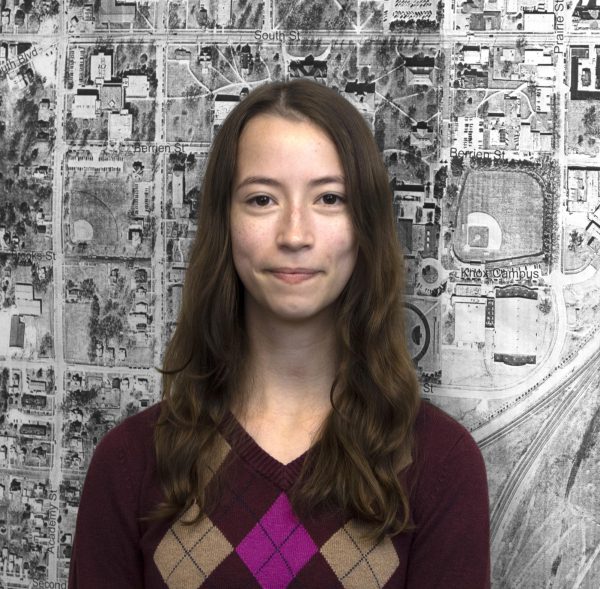
Eleanor Lindenmayer • Oct 21, 2024 at 5:03 am
I really like this story! I especially like how you included the bit about the invasive trees. I think habitat damage is something people would be wondering about and you answered that question!